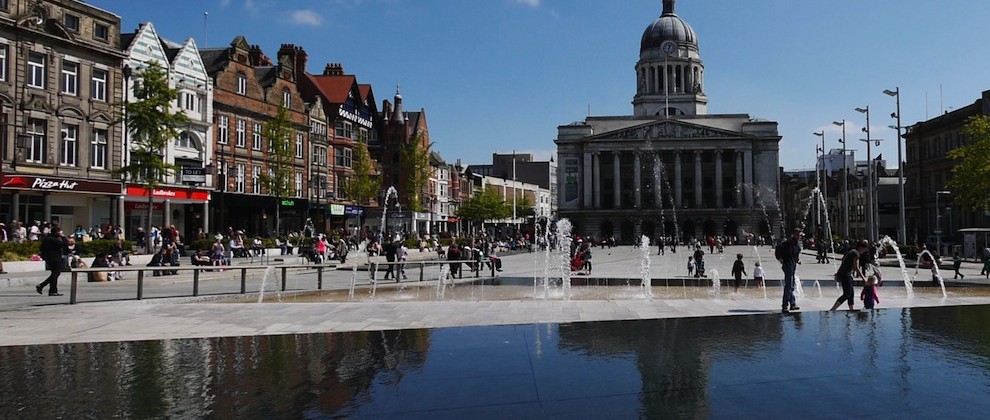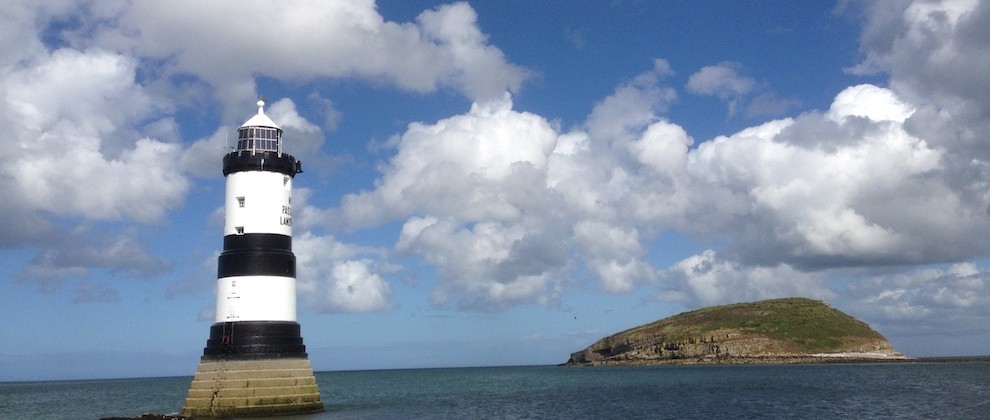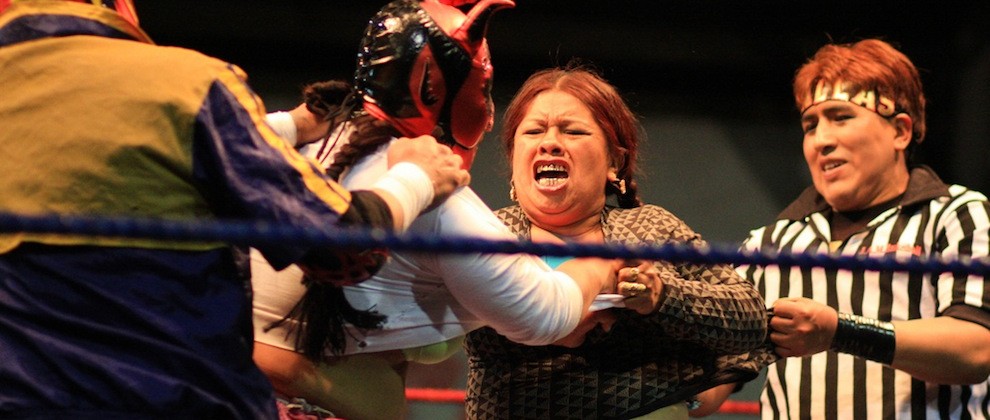
* image www.hotelroomsearch.net
The champagne corks will be popping for the launch of the new Eurostar service from London’s St Pancras International station.
But they’ll also be celebrating in Nottingham as the first high-speed service glides out of North London.
The reason? Improved rail connections from the East Midlands mean that the residents of Britain’s seventh richest city can now tuck into a fried breakfast first thing and be sipping a grand crème in the Gare du Nord some four hours and 54 minutes later.
“Being Nottingham born and raised, I’m delighted when I go back home to see the material changes in the city’s infrastructure and transport system,” says Greg Nugent, Head of Marketing for Eurostar.
“When we started to talk about High Speed One, it became obvious how the service could benefit not just London, but the UK as a whole.”
Urban renewal
Nottingham, the city best known as the home of fashion designer Sir Paul Smith and Boots, both of which still have a major presence in the city, has seen major investment in the last few years.
The city blossomed during its industrial heyday of the 1880s with the lace and cotton industries, but was looking tired and run down by the Eighties.
A slew of projects since 1989 have, however, changed the face of the city with the restoration of the Lace Market, now a conservation area to preserve the architectural character, the development of the Nottingham University campus and the inauguration of the National Watersports Centre at Holme Pierrepont.
The installation of the new Nottingham Express Transport (NET) tram system in 2004 has reduced traffic congestion and improved access around the city, now carrying 20,000 people per day.
Today, the ongoing regeneration of the city centre continues apace with major new projects including redevelopment of the Broadmarsh Shopping Centre, regeneration of the city’s eastern fringe and two new NET Tram routes two to Wilford and Beeston.
“Often commercial property kicks off regeneration but, in the case of Nottingham it was residential property that led the way: apartments were built, bars and restaurant opened and business moved in. The city centre is now home to both the UK head office of Capital One and the global HQ of Experian,” says Tony Pinks, Investment Sales Director for Nottingham-based Lace Market Properties.
“There was no city centre living in Nottingham before 1989. Less than 4,00 people lived in the city but, by 2006, that figures had increased to over 14,000.”
Heading south
One of the biggest initiatives in the city currently is the Southside Regeneration, a 15-year project to regenerate the area immediately south of the Victorian train station.
As a gateway to the city, the station makes for a pretty inauspicious welcome but the scheme aims to transform run-down Victorian warehouses and factories into hotels, offices, a conferences centre and leisure facilities, as well as a slew of residential apartment buildings with a very contemporary feel, plus new tram connections.
As part of this, the first two residential apartment blocks, Summer Leys House and the PictureWorks, will be ready for possession in 2009 with prices ranging from £140,000 for a one-bedroom to £240,000 for a three-bedroom, upper level apartment.
David Postings, who works in finance and commutes regularly from London, has already bought the Summer Leys House penthouse off plan. “I spend two to three days per week working in Nottingham and I was looking for more of a base than just another hotel room,” he explains.
Postings spent £250,000 for 900m sq with a terrace, a price he considers competitive given his other home is close to London King’s Cross station.
“This development appealed to me as it right by the station, brand new and high up, so benefiting from good light. And, as it was at a sufficiently early stage, I asked Lace Market Properties to reduce it from three to two bedrooms and increase the area of the living room,” he adds.
“Nottingham felt like a good place to buy with improving infrastructure and a sense of bouncing back after years of decline.”
In the suburbs
But while the city centre appeals to young professionals, families are increasingly heading out to the suburbs with Westbridge, Burton Joyce, Bingham and, in particular, Radcliffe all popular areas to buy.
“Nottingham city is not really aimed at the family market, never has been,” says Lucie Flint, Associate Director of Savills, based in Nottingham.
“In the city it’s only The Park, the area around Nottingham Castle, where a three-bed, modern townhouse starts from £400,000, that attracts families.”
“Most people head for the suburbs, notably the borough of Rushcliffe, where there are good schools, good services in terms of shopping and transport, and plenty of nice places to eat and drink, all within a few miles of the city centre.”
While Flint says Savills are currently flooded with apartments to sell in the city centre, the market in Rushcliffe is particularly vibrant with a good range of properties for couples and families.
A three-bed, detached house in a new development starts from £300,000 while a three-bed family property in a village on the fringe of the city currently sells for around £400,000.
Family home
“With the regeneration of the city, I think the majority of city-centre properties are now almost exclusively for investors, students and young professionals,” agrees Allan Stephens, a marketing professional in the public sector, who moved his family to Nottingham in 1996.
“The majority of people over 30 are moving out into the suburbs, or the Nottinghamshire countryside. The changing nature of available housing and concerns about much-publicised crime problems in the inner city are fuelling this.”
Stephens first moved to Nottingham in 1996, buying a three-bed new development in the suburb of Netherfield for £50,000.
Now married with two young daughters, he recently bought a four-storey, four bedroom family house with a garden in the suburb of Carlton, four miles northeast of the city centre, for £195,000.
“We find a lot of families are moving to Carlton,” he says. “It offers larger properties, good public transport connections to the city and is convenient for a quick escape to the countryside with plenty of parks, zoos and family attractions within a 15-mile radius.
“We’re also now crucially in the catchment area for the well-reputed Carlton-le-Willows secondary school.”
Near neighbour
Shadowing the renaissance of Nottingham is the increasing popularity of the spruced-up market towns around Nottingham as a base for families seeking a more rural environment. Of these, Newark, 25 minutes by train from Nottingham city centre, is proving to be one of the most popular spots to buy.
An attractive market town with a Georgian market square, a 12th century castle and a population of around 40,000, it already boasts a high-speed rail link to London’s King’s Cross station with an hourly service and a journey time of 90 minutes.
With transfer times of just a few minutes on foot from King’s Cross to St Pancras, Newark is also set to benefit from the new Eurostar service.
“Newark is booming with commuters to Nottingham and London, attracted by the character of the place, the transport connections (A1 intersection, GNER East Coast mainline), and good range of facilities with restaurants, the marina and golf courses,” says Richard Watkinson, Partner, Richard Watkinson & Partners.
“Families are particularly attracted to Newark over Grantham or Lincoln as prices still have a competitive edge and there’s a good stock of three and four-bedrooms, detached properties with gardens in residential areas, such as Beacon Hill and Fernwood.”
A three-bedroom detached house in Newark currently sells for around £180,000, an increase from an average of £100,00 five years ago, while a four-bedroom detached house now sells for around £225,000.
Newark’s Northgate train station may be located in one of the least attractive areas of town, but a house within a five-minute walk of the station comes with at a £10,000 premium.
“We looked all over the country but, in the end, we chose Newark for three reasons: it’s an attractive town with the river and the castle, it boasts a great central location with excellent transport connections and proximity to Nottingham and Lincoln, and we could get so much more for our money compared to the southeast,” says Debbie Ferguson, who recently moved from Pirbright, Surrey, to buy a four bedroom detached house with garden in the village of Farndon, two miles from Newark, for £185,000.
Civic pride
Back in Nottingham work is moving on apace to transform the beleaguered train station area and Greg Nugent is increasingly proud of the renaissance of his home town.
“I won’t be surprised if Nottingham sees an influx of European visitors, both for tourism and from a commercial perspective, once the new train services start,” he says.
“After all. Nottingham always did have a very commercial sense to make the most of new opportunities.”
What did you think of this story? Post your comments below.
This story first appeared in the Weekend FT in 2007. Liked this? Try also Urban Regeneration in Derby.


